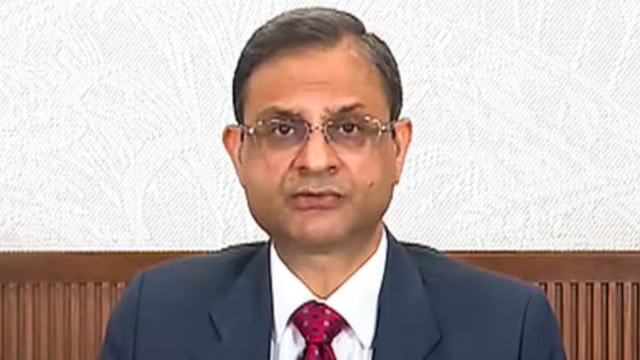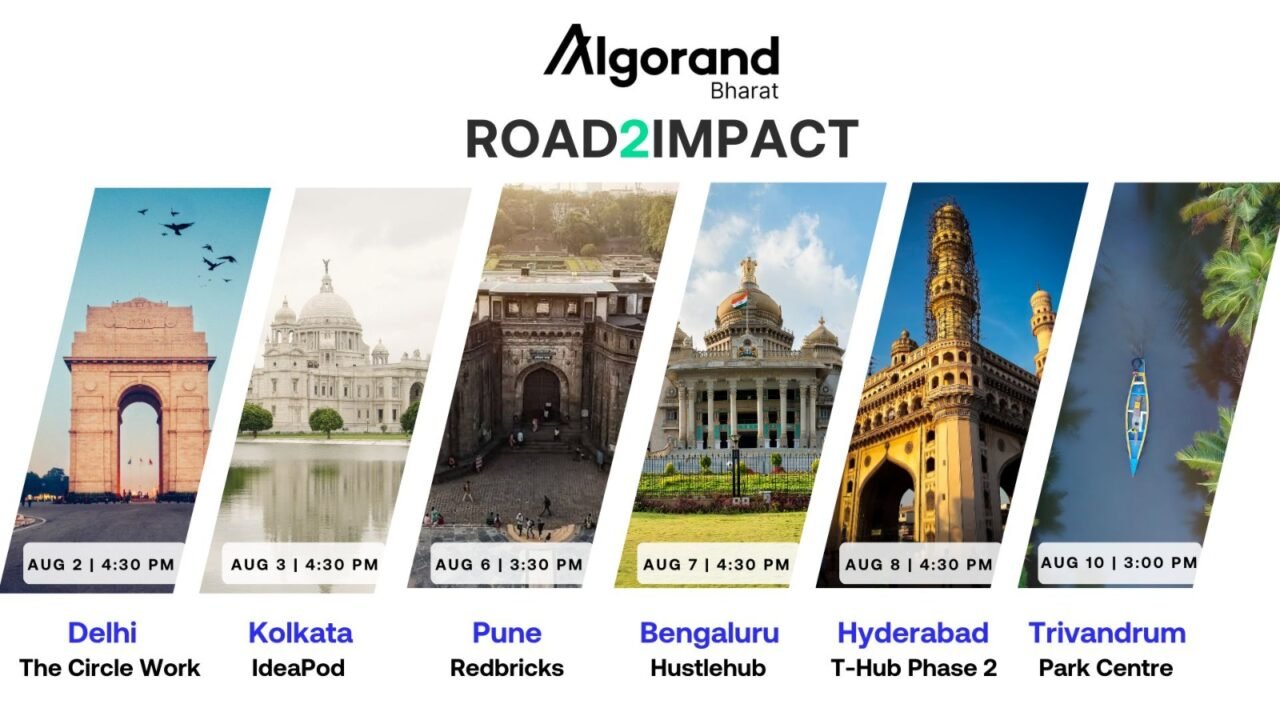In a significant policy move aimed at supporting the economy, the Reserve Bank of India (RBI) has reduced the repo rate by 25 basis points (bps), bringing it down to 6.25%. This decision is expected to have a direct impact on borrowing costs across various sectors, particularly home loans, personal loans, and vehicle loans, making them more affordable for consumers. Along with the rate cut, the RBI has also revised its GDP growth forecast for the fiscal year 2025, reducing it from 7% to 6.5%, citing concerns over global economic challenges and domestic uncertainties.
Impact on Loans
The reduction in the repo rate is a move that many had anticipated, especially as the country grapples with rising inflation and economic slowdown. A 25 bps reduction means that banks and financial institutions will be able to borrow money from the RBI at a lower interest rate. As a result, banks are expected to pass on these benefits to consumers, leading to a decrease in interest rates on various loans.
Home loan borrowers stand to gain the most from this move, as mortgage rates are often directly tied to the repo rate. Many banks and housing finance companies are likely to lower their rates, making it a good time for homebuyers to consider purchasing property or refinancing existing loans. Similarly, interest rates on personal loans and vehicle loans are also expected to fall, providing a boost to consumer demand for both big-ticket items like cars and everyday financing needs.
Economic Growth Forecast Revised
Despite the rate cut, the RBI has lowered its growth projection for India’s GDP from 7% to 6.5% for FY 2025. This revision reflects the central bank’s caution regarding the ongoing global economic uncertainties, including the challenges posed by inflation, geopolitical tensions, and slowing global demand. Domestically, rising commodity prices, weak agricultural growth, and sluggish industrial output are seen as major concerns.
The downgrade in GDP growth is a sign that the RBI is taking a more conservative stance in light of these risks. While inflation is expected to moderate, the RBI remains focused on achieving its inflation target, which currently stands at 4%. The central bank’s inflation targeting strategy has been key to its policy decisions in recent years, as it seeks to maintain price stability while also ensuring adequate economic growth.
RBI’s Stance on Inflation and Growth
The RBI Governor, Shaktikanta Das, in his statement, emphasized that the central bank’s priority remains to balance inflation control with economic recovery. “The monetary policy committee has taken a balanced approach, considering both the inflationary pressures and the growth outlook. The 25 bps reduction will support consumption and investment, which are vital for the growth recovery,” Das said.
However, experts have pointed out that the road to economic recovery remains challenging, with a combination of factors potentially slowing down the pace of recovery. These include the ongoing global uncertainties, a slowing job market, and weak consumer sentiment, particularly in rural areas.
Conclusion
The RBI’s decision to reduce the repo rate by 25 bps is aimed at stimulating economic activity by making loans more affordable and encouraging spending. While this is a positive move for consumers, especially those seeking home, personal, and vehicle loans, the revision of the GDP growth forecast to 6.5% serves as a reminder that the road to economic recovery is filled with challenges. As the RBI continues to monitor global and domestic conditions, future policy decisions will likely remain data-dependent, balancing the need for growth with the imperative of managing inflation.



